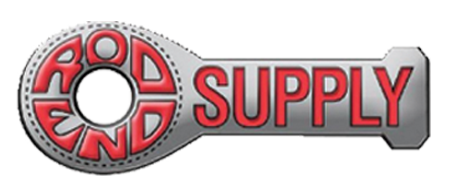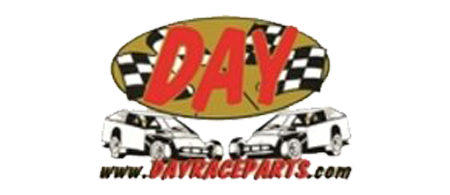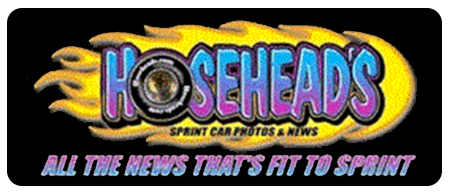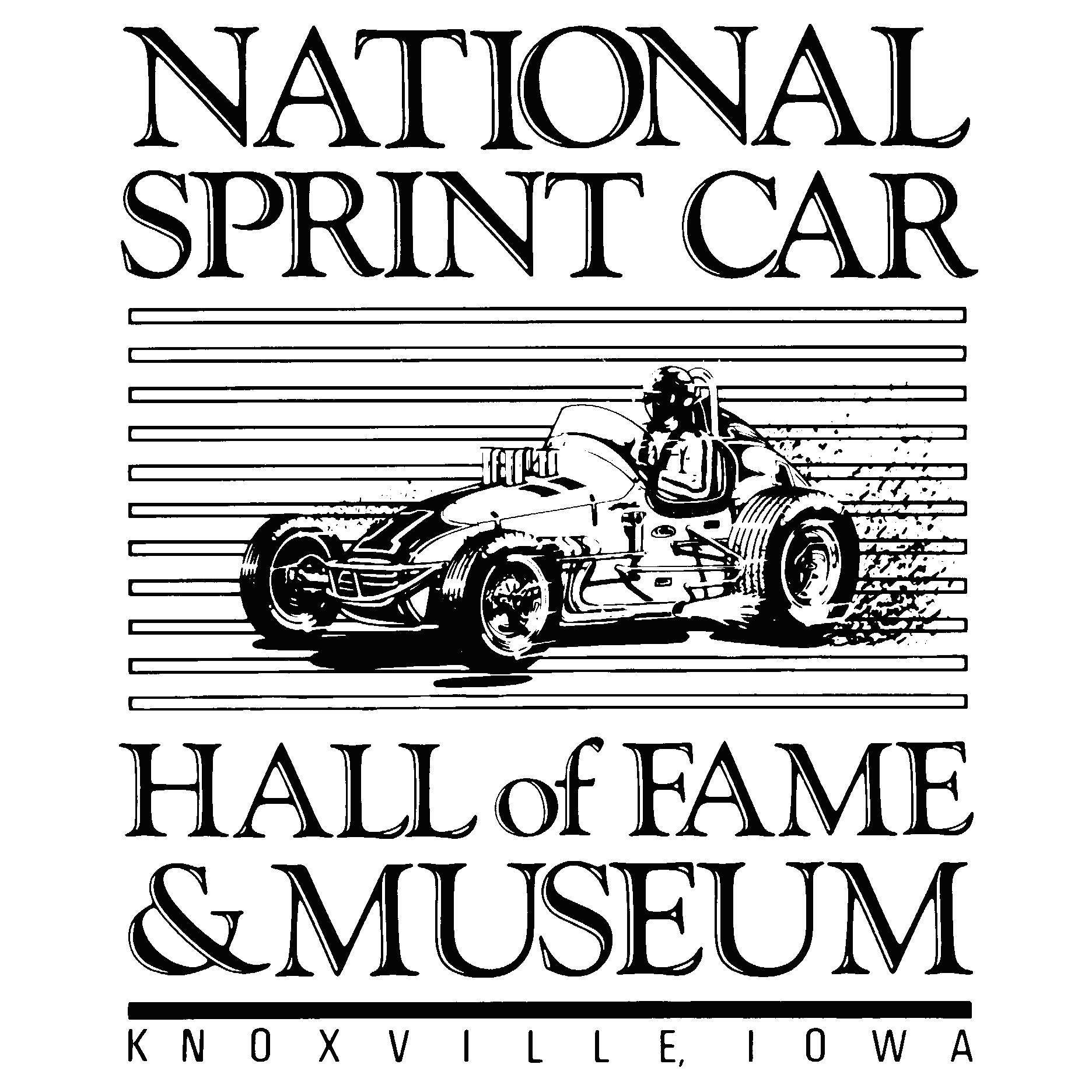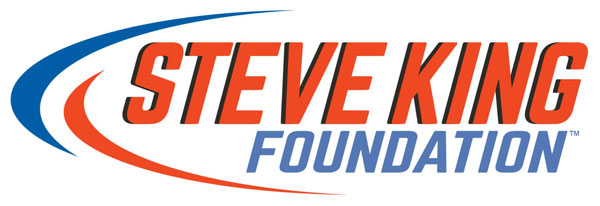Dale Earnhardt's death changed so much for so many
Photo by Harold Hinson/HHP
Tony Stewart was prophetic.
The prediction came six years after Dale Earnhardt’s death on the final lap of the 2001 Daytona 500. Early in the 2007 season, as rumblings circulated that Dale Earnhardt Jr. was tired of the drama at Dale Earnhardt Inc., Smoke predicted that, without Junior, DEI would become a museum.
Two years later, the Earnhardt name moved to Ganassi, along with drivers Aric Almirola and Martin Truex Jr. But the dream the seven-time champion had to turn a legacy-level racing enterprise over to his children—and the generations of Earnhardts to follow—died less than a decade after the building that bore his name opened.
“In the grand scheme of things, it’s unique to have all this,” Earnhardt said as we sat in his office at DEI in January 2001. “But I feel that Dale Earnhardt Jr. one day will be able to step in and run all this, and hopefully, Kelley and Kerry and Taylor will all be involved, too. They’ll all run this and race out of here and then do great.
“Hopefully, after I retire from driving, I’ll be a great car owner for several years, then I can turn this over to the kids and let them race on.”
Oh, what could have been.
Earnhardt broke ground for the 110,000-square foot state-of-the-art shop in Southern Iredell County, N.C., on Coddle Creek (now Highway 3) in 1997. Once referred to as the Garage Mahal, the campus became fully operational and open to the public in November 1999. Construction was under way for a separate 70,000-square-foot Cup shop for Dale Jr.
Junior was the future. Although Steve Park was three seasons into his Cup career, Dale Jr., was not only the future of DEI but of NASCAR as well. And the company was growing. The addition of veteran Michael Waltrip expanded DEI to a three-driver stable—and Earnhardt could not have been happier, not only because of DEI’s progress in such a short period of time, but also because of his own performance in the No. 3 Richard Childress Racing Chevrolet was his best in five years.
“Look at my last year and think about it,” Earnhardt said and then added for effect, “Think about it. Here we are, we won races. We finished second in the points. We had a great year. But look at my life past that.”
Everything was unfolding perfectly—and according to plan.
Coming off of a two-win season in 2000, Dale Jr. was emerging as one of NASCAR’s top stars. Daughter Kelley’s career on the business side of the sport was taking shape, and she was a new mother. Earnhardt beamed when speaking of his new granddaughter Karsyn. Kerry was winning in ARCA and had made his Cup debut.
Before the 2001 season, Earnhardt agreed to sit down for a cover feature. Sporting News had just added NASCAR to its traditional stick-and-ball lineup and there was no one better to headline the 115-year-old magazine. Randy, Dale’s younger brother, met me at the door.
Despite the enormity of the complex, a family feel emanated throughout the building. And that feel started with Earnhardt. He often said his life’s priorities were God, family and the No. 3 Goodwrench Chevrolet. Without the latter, there would have been no DEI. And Earnhardt never forgot that.
“It was a great environment and a great place to work,” recounts Richie Gilmore, who was the head engine builder for DEI at the time. “Dale was there, there were two different characters that we joked about a lot. There was this guy that came in Monday through Thursday that was an incredible boss and had such a big heart. And then on Thursday there was this guy that walked through with cowboy boots on and a black hat and Wrangler jeans.
“When he put that costume on, he meant business. He wasn’t our boss. He was the driver of that No. 3 car. And he was going to go whip our butt. And he was the driver of the No. 3 car and worked for RCR. All he wanted to do was beat us. He wasn’t our boss then. That was what was amazing about him. I listen to Richard (Childress’) stories and Andy (Petree’s), and he made us all what we are. He was the ultimate competitor.”
DEI was built for racers by racers. On most days, Earnhardt was the first in the door and the last to leave. He set the example for his employees to follow. And they revered the seven-time champion.
DEI didn’t have the engineering resources of other organizations early on. What they lacked in technology, the crews made up for in grit.
“Pops was about the only (adult),” Tony Eury Jr. said of his father, who took over as crew chief for Dale Jr. midway through his 1997 Xfinity Series season. “Everyone else at the time was under 24-years-old. The things that we accomplished, the races that we won, it was just heart and drive. There wasn’t a lot of engineering. It was just go to the track and test your butt off and figure it out. If you got beat, the next week you worked harder, so you could beat those guys back.
“We had people in every area that could bring something to the table. We would sit down as a group and say, ‘OK, what do we need to do to make our car go faster?’ Everyone would put their little piece in and we would work to that goal.”
Hard work and belief was at the core of DEI—traits Earnhardt’s father Ralph instilled in him at a young age. The photos of the former late model sportsman champion working on his car at the family garage in Kannapolis, as well as Earnhardt racing his father at Metrolina Speedway, were constant reminders of that philosophy.
“My daddy worked and raced hard,” Earnhardt said of his father, who passed away at 45. “He did a lot with a little. I know you have to invest to be able to do a good job…You have to give them resources—the parts, the people, the direction. You can overspend and still not win. It’s hard to buy success.
“Success comes from hard work and team effort. And it takes a lot of support from behind the scenes, direction from the owner to myself on down through the company. Everyone executing their jobs properly and believing—believing—we can win.”
Earnhardt believed that he could win that eighth Cup championship. With FOX and NBC partnering with NASCAR for the 2001 season, Earnhardt winning the title would have been the perfect finale and the culmination of an amazing career.
“I’m not trying to win an eighth championship to prove that I’m the best,” Earnhardt said. “I’m trying to win that eighth championship because it’s there to win.”
There was incredible energy at Daytona International Speedway on February 18, 2001. While technical inspection appeared to be taking longer than normal, Steve Hmiel who was technical director for DEI said not to worry. This Daytona 500 would be one I would never forget. Watching later FOX clips, Earnhardt echoed that sentiment.
Before settling down to cover the Great American Race, I walked out to the grid, stopped in front of the No. 3 car and waved. Earnhardt winked and flashed his mischievous grin. Another Harley J. Earl trophy? Another NASCAR Cup? Anything seemed possible with the confidence he exuded entering Speedweeks.
The winning continued for DEI with Waltrip scoring his first Cup win in the 2001 Daytona 500. But the pall that covered the sport after Earnhardt died that day never left.
And without someone to lead DEI, the company Earnhardt had hoped to leave to his children one day would simply fade away.
In 2004, Gilmore was named DEI’s vice president of racing. Waltrip left at the end of 2005 to build his own team with Toyota. Two years later, Dale Jr. announced he was leaving for Hendrick Motorsports in June. After that, the company unraveled quickly.
Dale Jr. and Kelley Earnhardt Miller carry on the family tradition at JR Motorsports, where they field cars in the Xfinity Series. Eury returned to his first love—building cars. He’s part-owner of Fury Race Cars in Mooresville. Gilmore continued with the Earnhardt-Childress Racing partnership now simply known as ECR at the Richard Childress Racing campus in Welcome, N.C.
“The end was very tough,” said Gilmore, who was named president of ECR Engines in 2020. “Being there from the beginning to the end was a tough deal--to see the lights go off there, and see the people walk out of there. I think one of the greatest things, the luckiest thing that happened to me was to come here; because I think the closest thing to Dale was Richard (Childress). Richard and him are twin brothers. They’ve got a lot of the same personalities, they care about people, they’re great leaders.
“And Richard welcomed us up here, and we’re carrying on a lot of traditions that are a lot of what Dale carried on every day. They want to beat everybody. They don’t care. Winning is everything. We’re very fortunate for our guys to come up from DEI to be a part of what Richard has built here and we’re just carrying on a lot of the legacy and the same attitude. And I very much appreciate that.”

.png)
